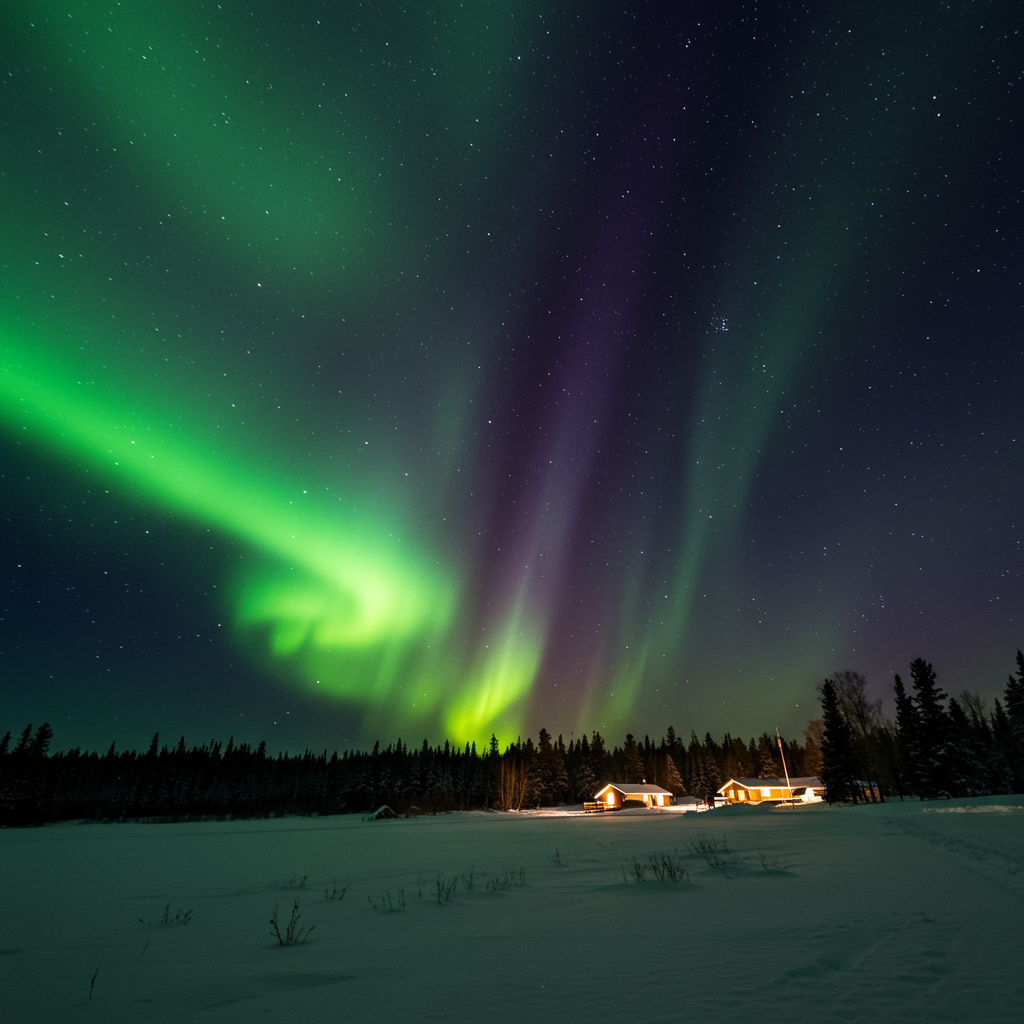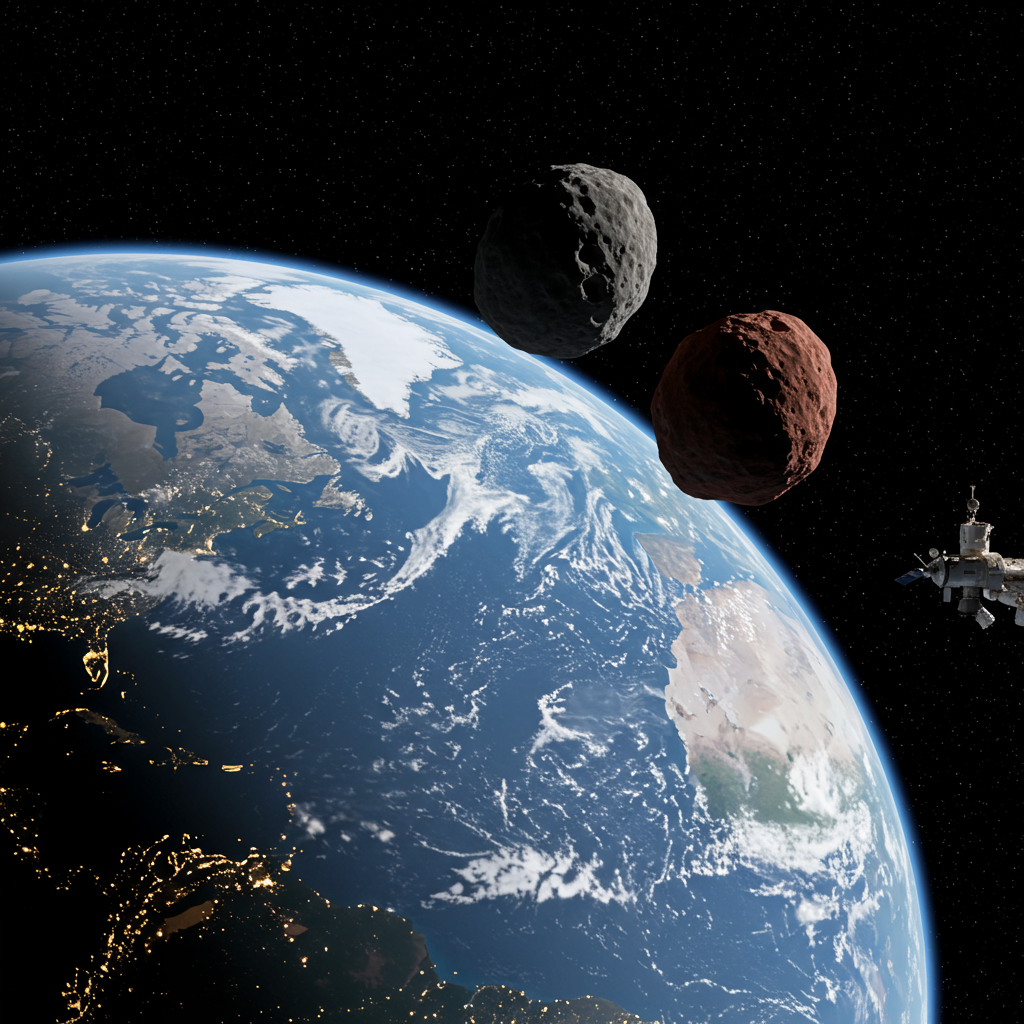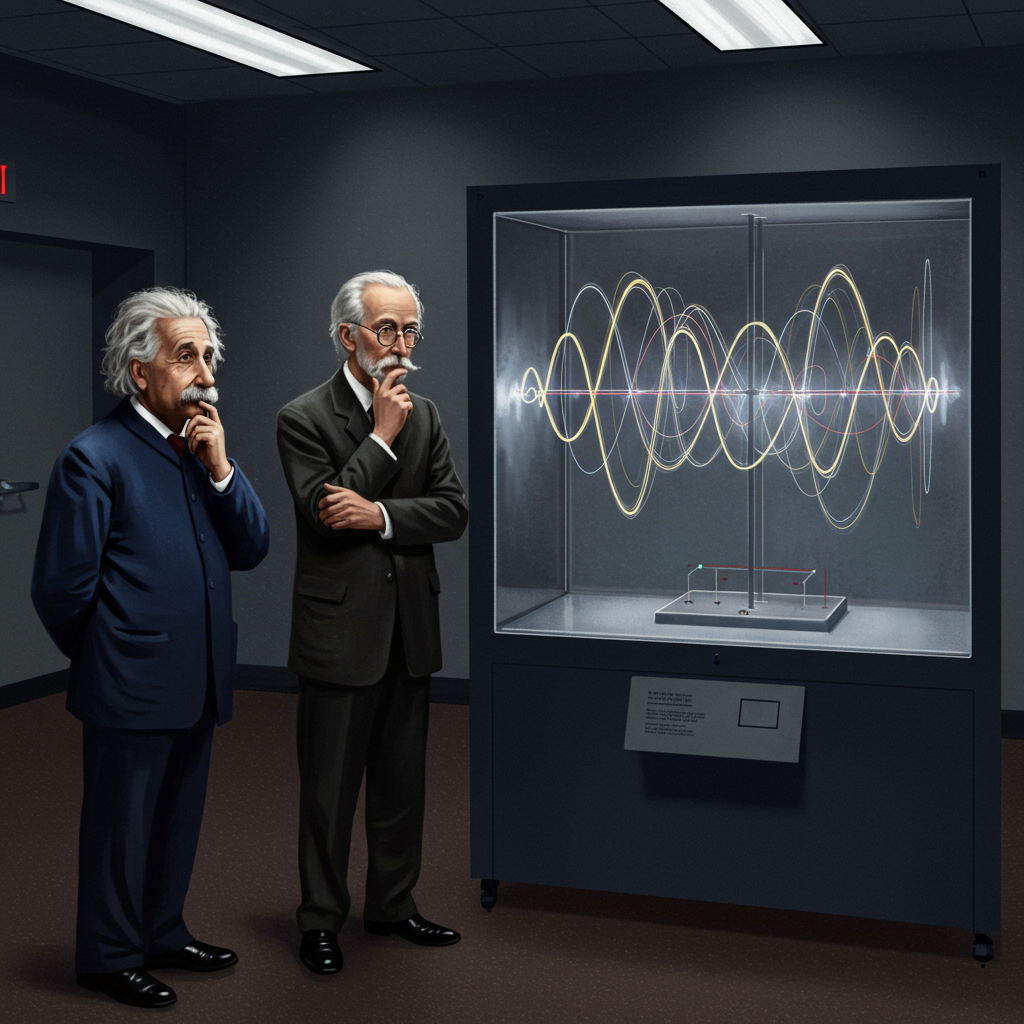Get ready, skywatchers! The breathtaking display of the Northern Lights (Aurora Borealis) could potentially be visible across a significant portion of the northern United States on the night of Tuesday, June 25. This exciting forecast is linked to increased space weather activity expected in the coming days.
Why the Northern Lights Might Be Visible So Far South
The potential for this dazzling celestial show is due to a stream of fast solar wind emanating from a ‘coronal hole’ – a temporary opening in the sun’s upper atmosphere. When this fast-moving solar wind reaches Earth, it can interact with our planet’s magnetic field, potentially triggering geomagnetic storms.
Forecasters at NOAA’s Space Weather Prediction Center (SWPC) anticipate a G1 (Minor) to G2 (Moderate) geomagnetic storm on June 25. Geomagnetic storm strength is measured using the Kp index, which ranges from 0 to 9. A forecast peak Kp index of 5.67 for the night of June 25 qualifies as a G2 storm. Higher Kp values mean stronger auroral activity and a greater chance of the aurora borealis being seen farther away from the usual polar regions.
These moderate conditions are expected to push the auroral oval – the area where the Northern Lights are typically seen – significantly southward, bringing it within potential view of numerous states across the U.S. northern tier.
Which 14 US States Could See the Aurora on June 25?
Based on the current forecast and the predicted southward shift of the auroral oval, approximately 14 U.S. states have a chance of seeing the Northern Lights on June 25.
Visibility likelihood generally depends on a state’s proximity to the center of the predicted auroral oval and how much of its area falls within or near the potential viewing line. While Alaska consistently has the highest probability, states much farther south could catch a glimpse low on the northern horizon, particularly under ideal conditions.
The states with potential visibility, generally listed from most likely to least likely based on the forecast, include:
Alaska
Minnesota
North Dakota
Montana
Maine
Michigan
Wisconsin
Vermont
New Hampshire
Washington
Oregon
Idaho
New York
South Dakota
States like New York and Idaho are near the southern edge of the predicted visibility zone for a G2 storm, meaning viewing might require being in the northernmost parts of those states and having an exceptional, unobstructed view.
Understanding the Aurora: How It Happens and Why Colors Appear
The Northern Lights are a stunning natural light display caused by the interaction of charged particles from the sun (the solar wind) with Earth’s magnetic field and upper atmosphere.
As these solar particles approach Earth, most are deflected by our magnetic field. However, some particles get channeled towards the poles. When they collide with atoms and molecules in the upper atmosphere – primarily oxygen and nitrogen – they excite these atmospheric gases. As the excited atoms and molecules return to their normal state, they release energy in the form of light, creating the vibrant, dancing curtains we call the aurora.
The distinct colors of the aurora depend on the type of gas particles being hit and the altitude at which the collision occurs:
Green and Yellow: Most common, caused by oxygen collisions at lower altitudes (around 100-300 km).
Red: Rarer, produced by oxygen at higher altitudes (above 300 km).
- Blue and Purple: Result from collisions with nitrogen molecules.
- Check the Forecast: Keep an eye on space weather forecasts, especially the Kp index, closer to the date. NOAA’s Space Weather Prediction Center is a primary source.
- Find a Dark Location: Get as far away from city lights as possible. Light pollution is the biggest impediment to seeing fainter auroras. Dark sky parks or rural areas are ideal.
- Seek a Clear View North: Find a location with an unobstructed view of the northern horizon. Hills, buildings, or tall trees can block your view.
- Timing is Key: Auroras are often most active within a few hours of midnight local time. For June 25, aiming to watch between 10 p.m. and 2 a.m. local time, with peak potential around 1 a.m., is recommended. Note that during summer near the solstice, nights are shorter, and twilight lingers, potentially reducing the window for optimal darkness.
- Be Patient: Auroral displays can vary in intensity and appearance. They might start as a faint glow and strengthen over time, or shift unexpectedly.
- Consider Weather: Cloudy skies will completely obscure the view. Check your local weather forecast before heading out.
- www.space.com
- www.livemint.com
- www.ntd.com
- www.jsonline.com
- www.freep.com
Tips for Spotting the Northern Lights
If you live in one of the potentially affected states and hope to witness the aurora on June 25, follow these tips to maximize your chances:
Remember, predicting the exact timing and intensity of auroral displays can be challenging. While forecasts indicate a good possibility, auroras remain a natural phenomenon subject to variability.
Good luck to all the aurora chasers hoping to catch this potentially spectacular sight on June 25!




